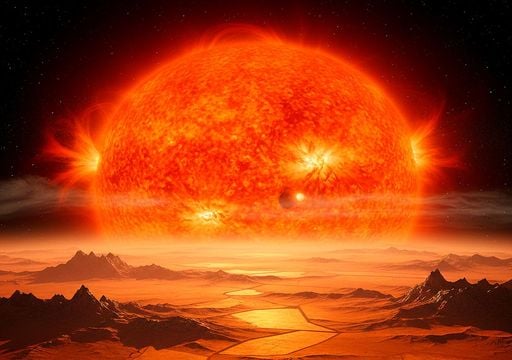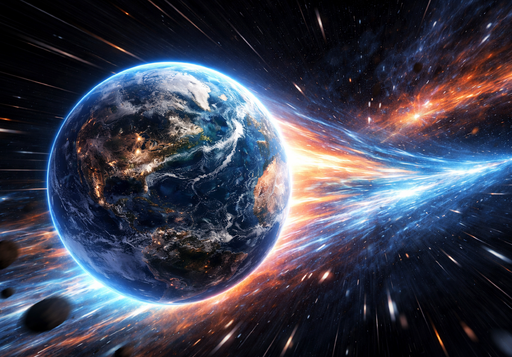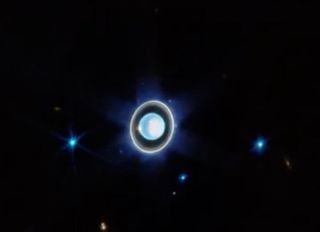The Sun Continues to Put on a show: in the Next Few Hours a Train of Solar Storms will Reach the Earth
Solar magnetic activity continues to increase and in recent days flares and CMEs have occurred right in the direction of our planet. A train of solar storms is therefore expected.
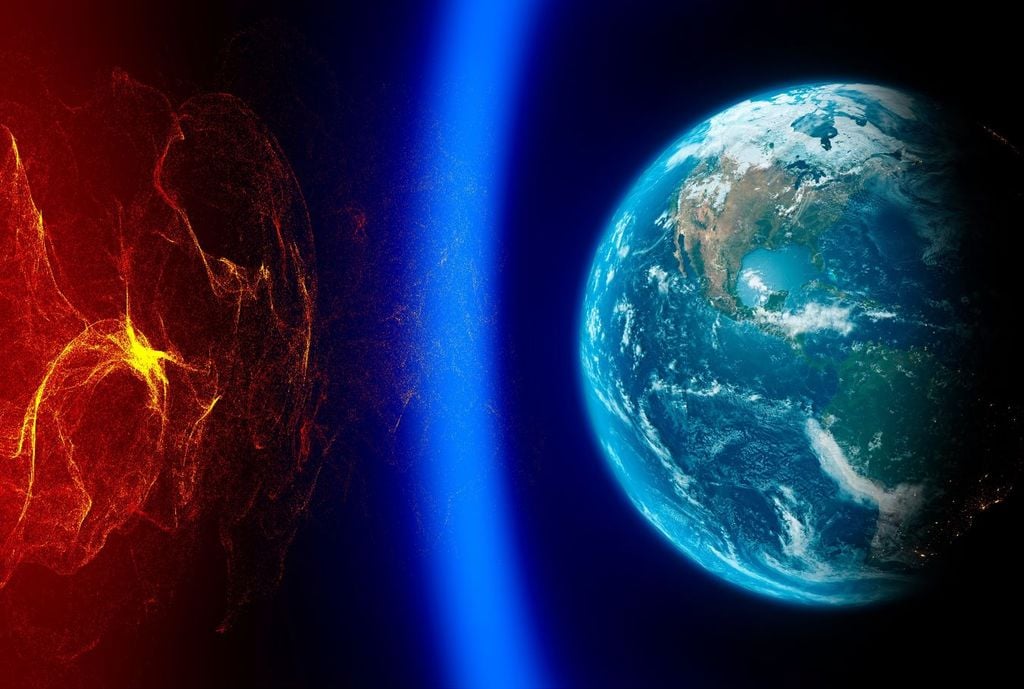
We know this well, the maximum of the solar cycle is getting closer and closer, it is in fact expected by the end of this year, and our star provides us with continuous evidence about it.
A few days ago, in fact, the active regions AR3663 and AR3664 illuminated the Sun with numerous flares, some also associated with coronal mass ejections (CME). The first, the AR3663 is located in the northern hemisphere of the Sun and will soon set; while the second, the AR3664 is located in the southern hemisphere, near the equator, more or less in the center of the solar disk.
It's been a really crackling week for the Sun
Among these flares, also called flare, some were even class X, the most energetic. In fact, you should know that the flares are classified into five power classes.
The Sun just launched multiple Coronal Mass Elections (plasma with embedded magnetic field) at Earth which are combining with each other on the way over. A severe geomagnetic storm is predicted this weekend, meaning auroras are likely to be seen where 'Kp 8' is on the maps below! https://t.co/uFHhOx4dzR pic.twitter.com/ZaFHbYkwZy
— Dr James O'Donoghue (@physicsJ) May 9, 2024
The classes, in ascending order of power, are A, B, C, M and X and each class is ten times more powerful than the previous one. For example, Class X achieves the incredible flow of 10 high at minus four watts per square meter. In addition, the latter class is further linearly divided into 9 subclasses, from 1 to 9.
By next weekend then the Earth will be reached by the solar wind produced by these phenomena and the interaction of the solar wind with our magnetosphere will bring a series of geomagnetic storms, even of moderate intensity.
Also with regard to geomagnetic storms there is a classification according to their intensity and even in this case the classes are 5. The less intense ones belong to the G1 class, while the more intense ones to the G5.
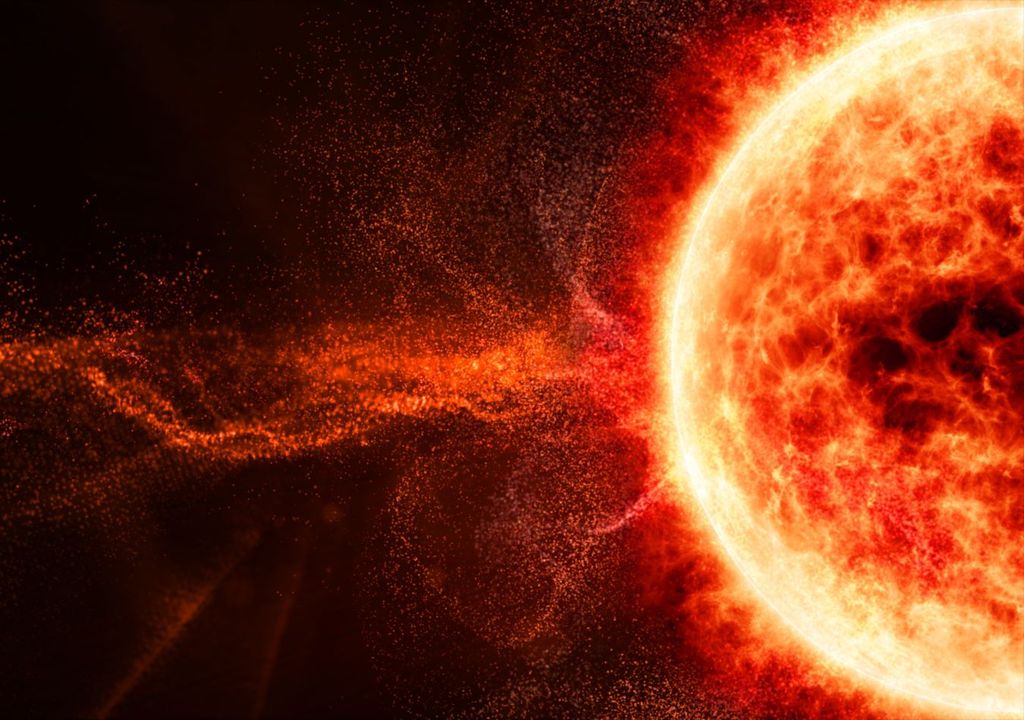
At the moment NOAA, acronym for National Oceanic and Atmospheric Administration, anticipates possible G3-level storms through Saturday, May 11, and G4-level storms by Saturday, May 11.
NOAA is the U.S. scientific and regulatory agency that deals with weather forecasts, ocean and atmospheric monitoring but not only. The agency also deals with the field of meteorological satellite programs, climate study and even space weather.
A G4 (Severe) Geomagnetic Watch has been issued for May 11... pic.twitter.com/CeEHWEUFiQ
— NOAA Space Weather Prediction Center (@NWSSWPC) May 9, 2024
The Sun will continue to give a spectacle: aurora even at lower latitudes than usual
During a solar cycle, which we know has an average duration of about 11 years, there are about 200 G3 class storms, 100 G4 class storms and only 4 G5 class storms.
They are therefore not very frequent phenomena and in addition to ensuring that auroras can be formed even at lower latitudes than normal, they can also cause numerous disturbances both for the satellites that are orbiting our planet, and for the infrastructure present on the Earth's surface.
A G3 class geomagnetic storm can in fact bring disruptions in communications, with possible radio blackouts, or it can cause damage to power lines, or it could turn satellites out of order, which are now very important for various technologies that we usually use on Earth.
We therefore have to wait for the passage of this train of space disturbances, hoping that any problems will be small and only transitory.

